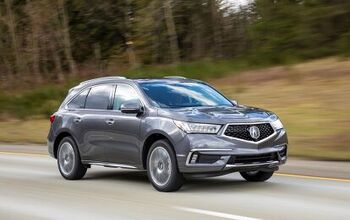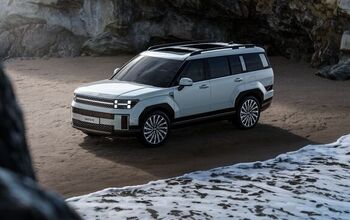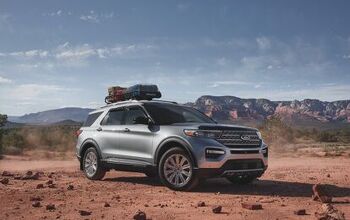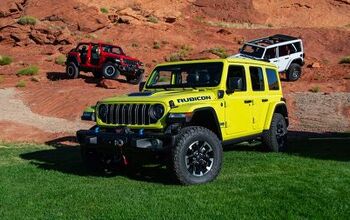Pickup Trucks Have a Back Seat Safety Issue: Report

In a recent evaluation conducted by the Insurance Institute for Highway Safety (IIHS), four popular large pickup trucks—namely the Ram 1500, Ford F-150, Toyota Tundra, and Chevrolet Silverado—have showcased strong side crash protection capabilities. However, a notable discrepancy emerges when it comes to safeguarding passengers in the back seat.
The 2023 models of the Ram 1500, Ford F-150, and Toyota Tundra crew cabs have secured good ratings in the IIHS's updated side crash test. Conversely, the 2023 Chevrolet Silverado 1500 crew cab received an acceptable rating in the same evaluation.
Despite the commendable performance in side crash tests, the scenario changes in the updated moderate overlap front crash test, which now emphasizes back seat safety. Here, only the Toyota Tundra managed to secure a marginal rating, while the Ford F-150, Ram 1500, and Silverado fared poorly.
According to IIHS President David Harkey, "Like most other vehicle classes, large pickups don’t perform as well in the new moderate overlap evaluation as they do in the updated side test, which is now a requirement for our TOP SAFETY PICK awards."
The Institute initiated the updated moderate overlap front test due to recent research indicating a higher risk of fatal injury for belted occupants in the second row of newer vehicles compared to those in the front seats. The emphasis on this test is not due to a decline in back seat safety; rather, it's a result of enhanced safety features primarily installed in the front seats, such as improved airbags and advanced seat belts, which are rarely extended to the rear. Despite these advancements, the back seat still remains the safest spot for children. Notably, the rating does not apply to properly secured children in child safety seats.
During the updated test, a second dummy is placed in the back seat behind the driver, simulating an average adult man in the front and a small woman or 12-year-old child in the rear. The test measures injuries frequently observed in back seat passengers and evaluates various injury risks.
For a vehicle to attain a good rating, certain criteria must be met: the dummy's body parts should not register excessive risks of injury, the position should remain stable during the crash, and the restraint systems need to be effective in securing passengers. Unfortunately, all four pickups demonstrated inadequate restraint systems in the rear, leading to concerns about submarining (sliding forward beneath the lap belt) and high belt forces, except for the Tundra.
The measurements indicated potential chest, head, or neck injuries in the Ford F-150 and Ram 1500, while the Chevrolet Silverado showed a somewhat lower but still concerning risk. The Tundra exhibited a slightly elevated risk of chest injuries due to poor belt positioning, but the risk of head or neck injuries was only marginally elevated.
The assessment reveals distinct disparities between side and front crash safety for these popular large pickup trucks, emphasizing the need for improvements in rear passenger safety across the board. The findings also underscore the significance of evolving safety measures to protect all vehicle occupants, especially those seated in the back.
Become an AutoGuide insider. Get the latest from the automotive world first by subscribing to our newsletter here.
This article was co-written using AI and was then heavily edited and optimized by our editorial team.
More by AutoGuide.com Staff































Comments
Join the conversation